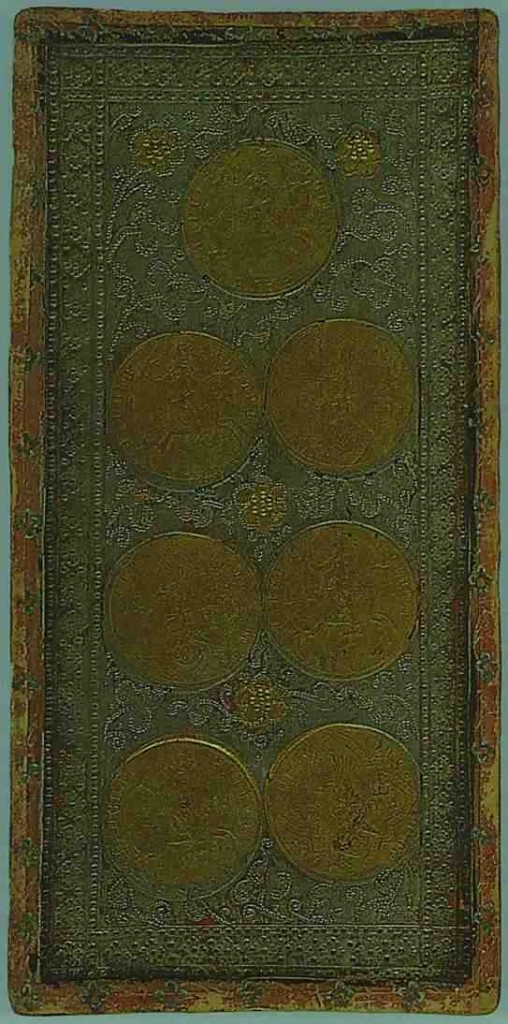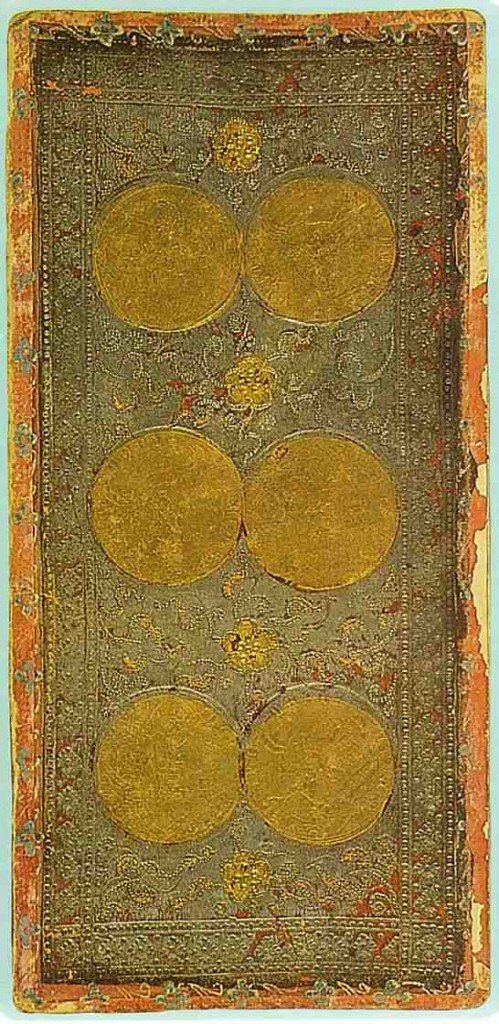 Today I draw a card for a woman I know in a faraway land. Because I like renaming people, and because I am supposed to be learning French (ha!) and she is in France, I rename her l’Accordéoniste, which looks fancy to me because it has an apostrophe after the “l” and an accent aigu over the “e.”
Today I draw a card for a woman I know in a faraway land. Because I like renaming people, and because I am supposed to be learning French (ha!) and she is in France, I rename her l’Accordéoniste, which looks fancy to me because it has an apostrophe after the “l” and an accent aigu over the “e.”
“Show me a card for l’Accordéoniste and give her a castle and true love,” I demand.
Seven of Coins shows its face upright and says to me:
I give her nothing. Her labor’s fruit is all her own.
If she is wise— and wise she is— she will work hard
and know that growth of fruit takes many years.
The tree that fruits is strongly formed and neatly pruned,
its soil fed, its rats and insects chased away,
and it is blessed with ideal weather by the gods.
Seven coins are golden fruits of each of seven loves,
and the boughs of the tree are her castle;
and the music she plays entices the gods
to properly favor the weather.





